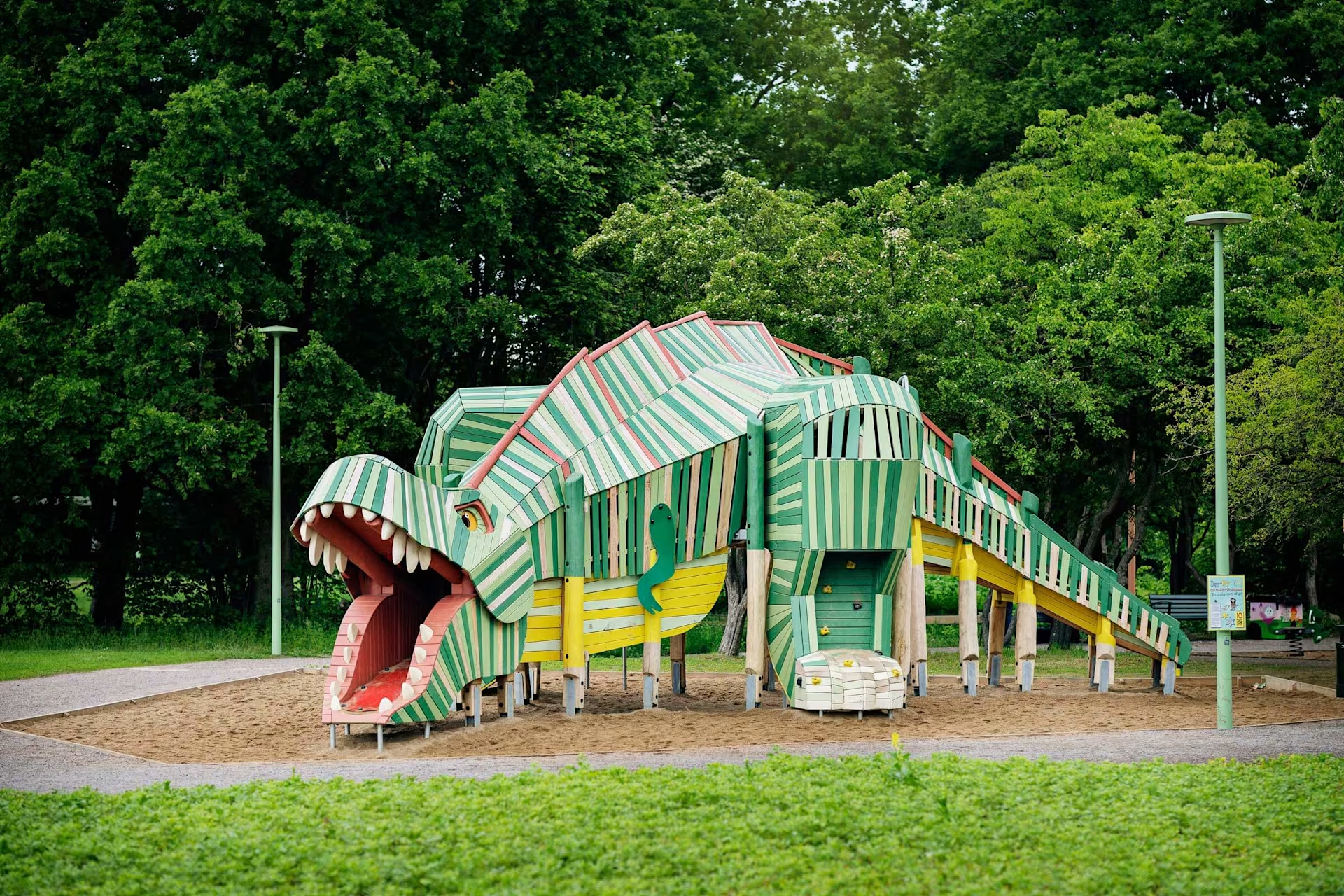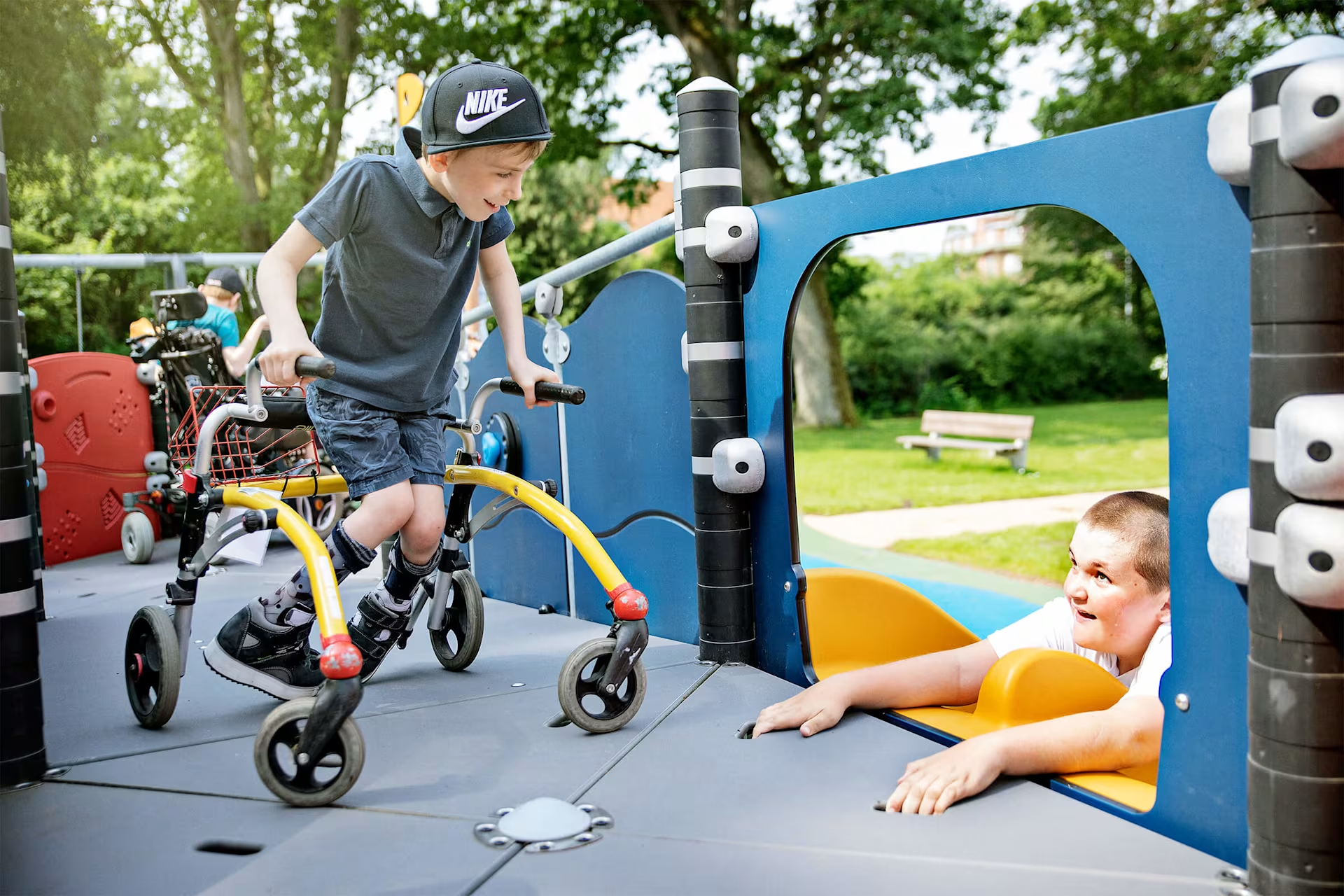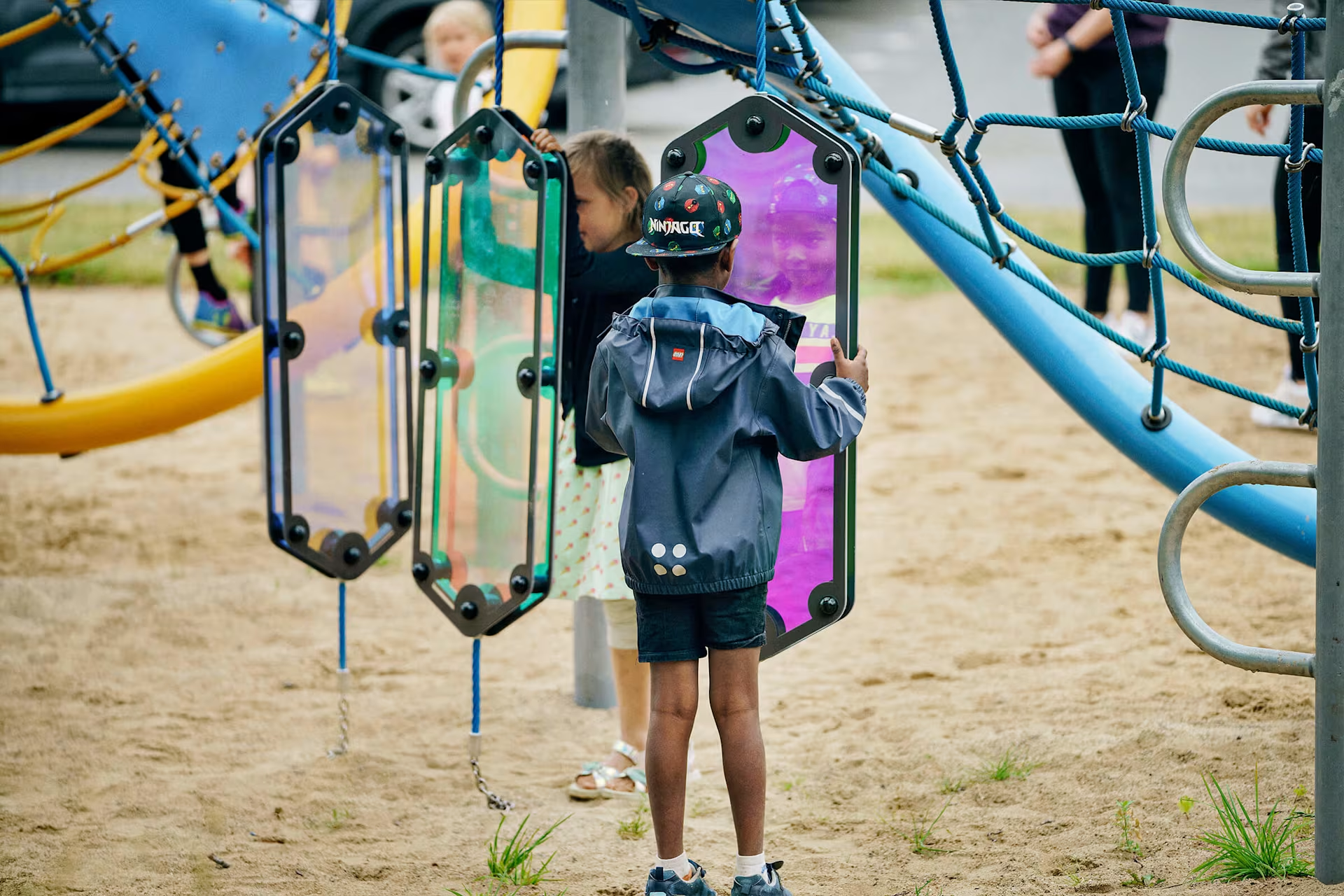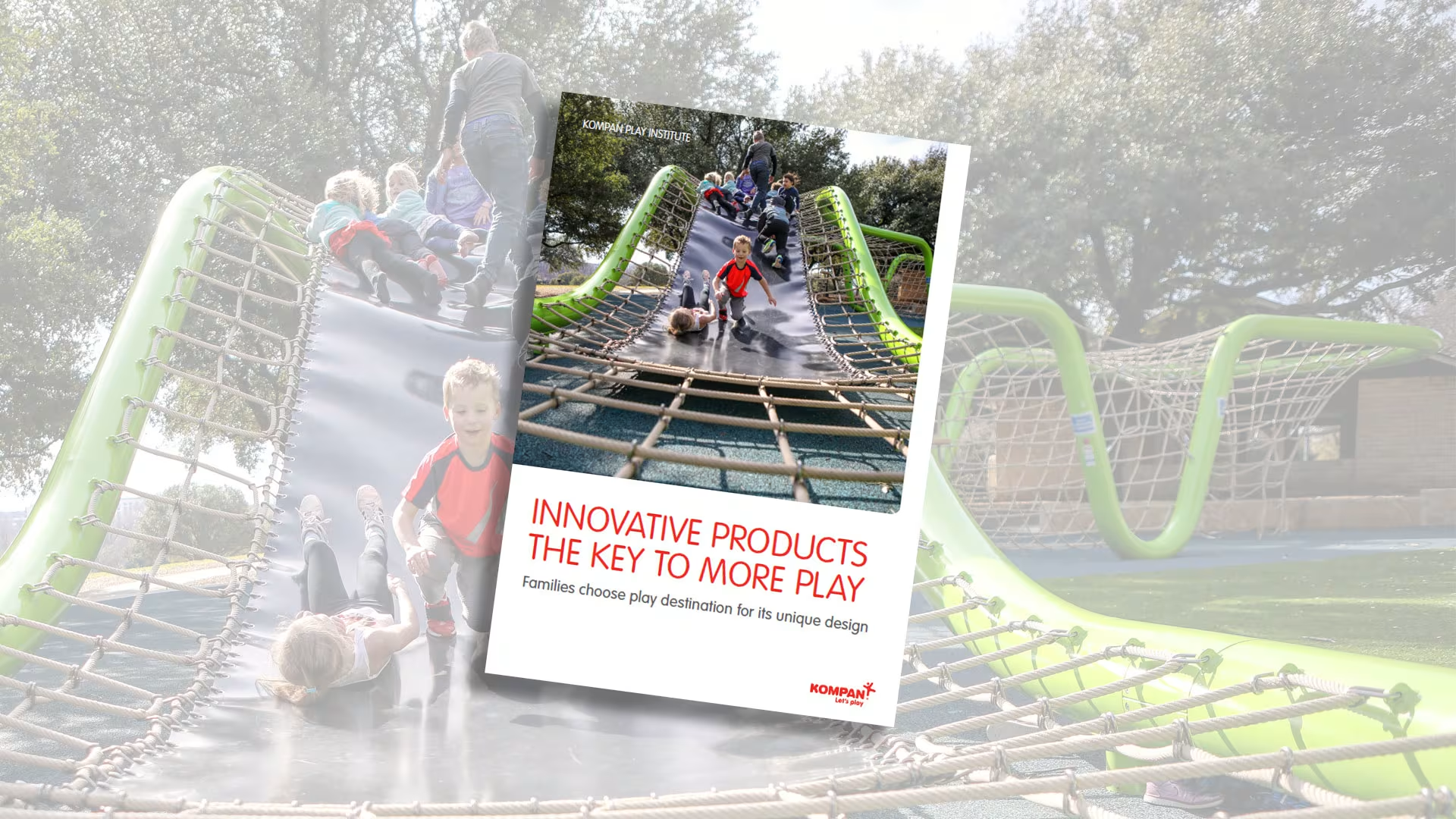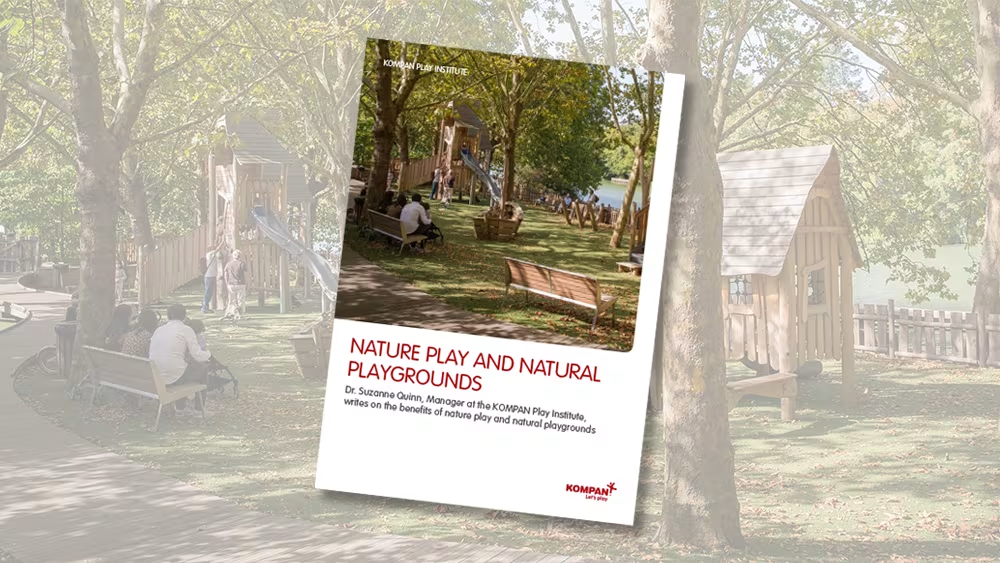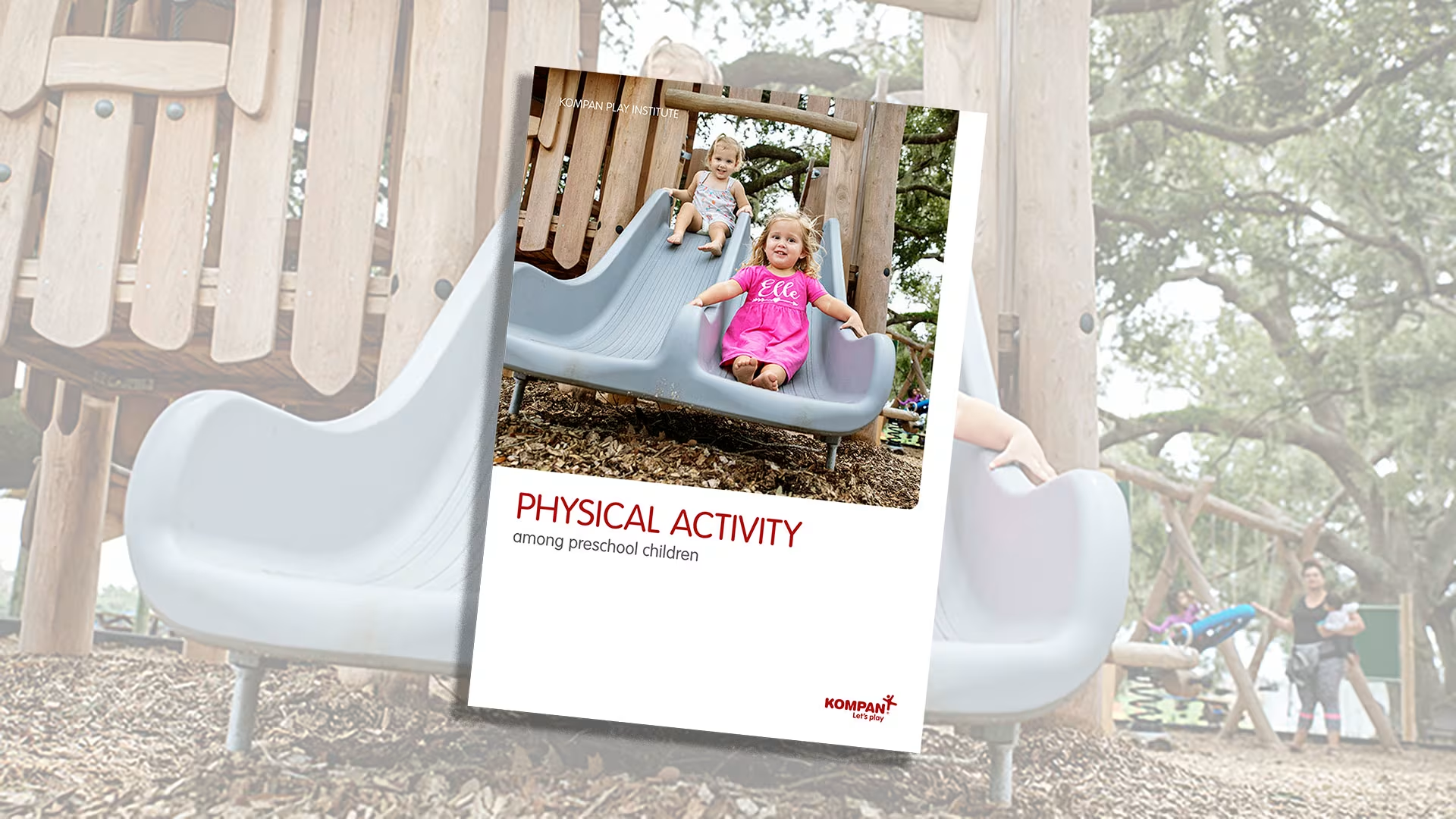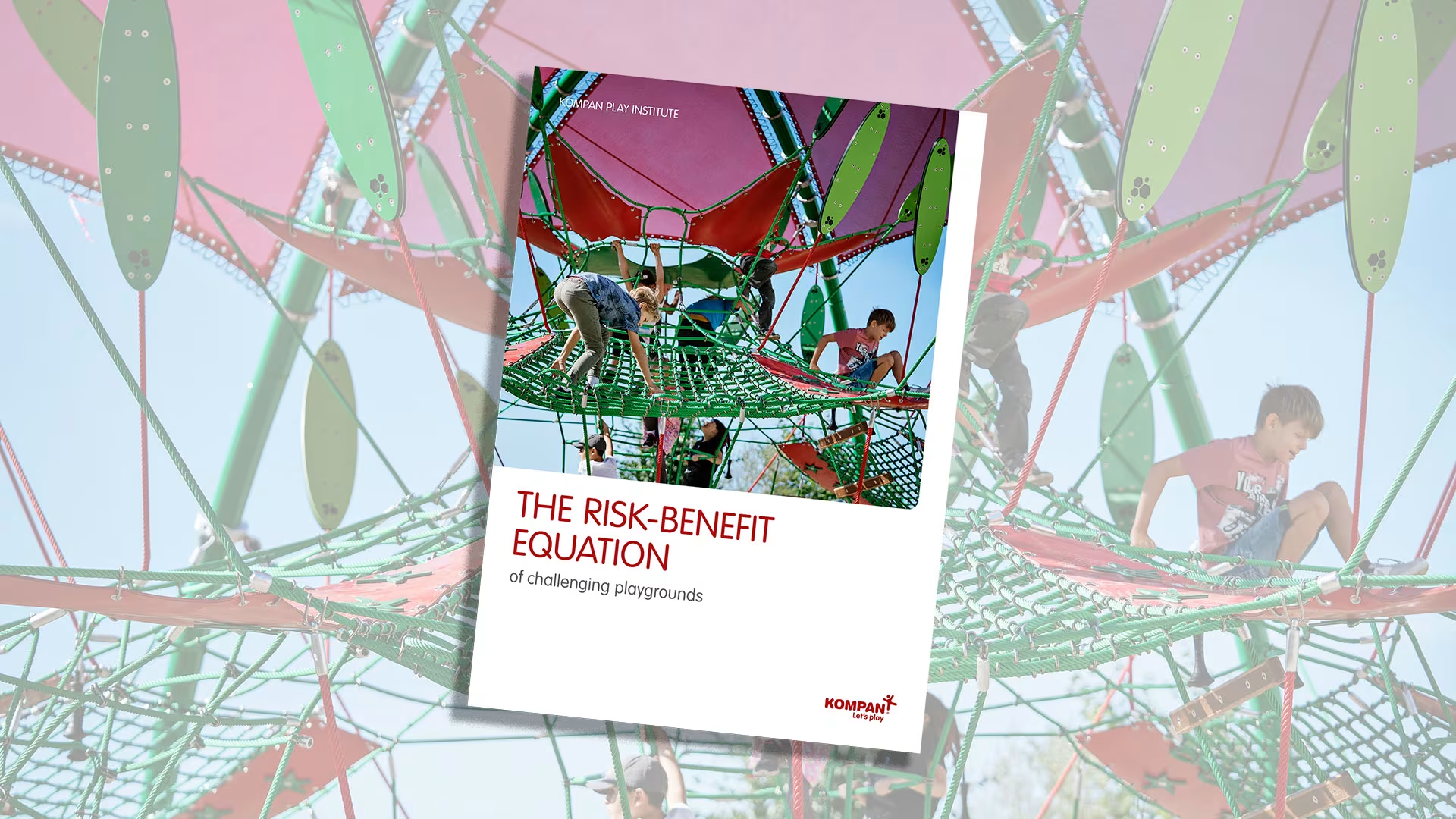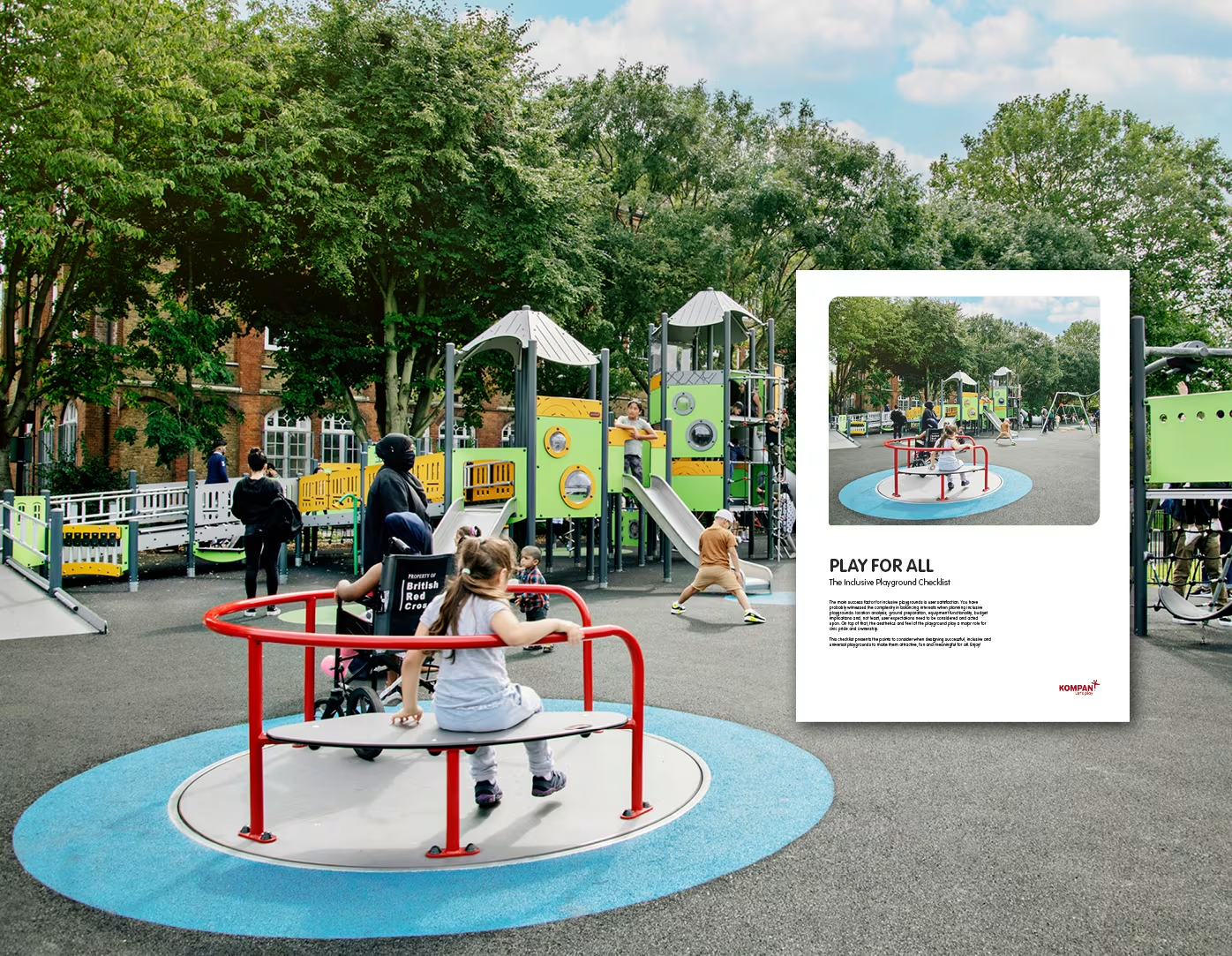White Paper
Sensory play - The why, how and what of sensory playgrounds

New research from KOMPAN Play Institute on the benefits of Sensory Play in playgrounds
“Play consists of adaptive responses which make sensory integration happen” – A. J. Ayres, 1979
What is sensory play? Have you ever wondered about the way our senses inform our language? When we understand or realize something, we see it. When we get emotional, we are touched and then we feel. Our whole being depends on sensory input and response to sensory input. Sensory play is all sorts of play as children’s play make use of all of their senses: Touching, seeing, hearing, smelling, and tasting. But to child researchers, sensory play includes two additional senses or systems. The science of sensory integration in child development count in the kinesthetic and the vestibular systems, which are crucial for moving our bodies confidently in our surroundings.
8 ideas for sensory playground designs
In outdoor playgrounds, the natural surroundings, from the choice of surfacing and planting to the actual play equipment, can provide rich sensory play.
For play equipment, think surfaces that provide varied structures, temperatures and densities in materials.
Think play details and equipment that respond to movement, for instance soft flaps or smooth scoops that run in grooves.
Combine the tactile input with the visual or auditive. Moiré patterns, dichroic effects or rhythm. sound and tonal equipment can provide that.
Responsive surfaces such as rollers, or textured surfaces such as turf or rubber flaps, stimulate the sense of touch, especially for Special Education Needs playgrounds.
Pay attention to the soothing or invigorating effects of body pressure with differently textured hammocks or other moving surfaces to lie on, both in busy and quiet corners of the playground.
Tactile and visual play elements that can provide both movement, tactile response and creative play are fantastic. This is where the roller log panels, or hammocks come into play: children can create patterns or form messages with them.
Sensory play in sensory motor integration: stimulation of the vestibular and kinesthetic systems can be created with bouncy nets, swings, spinners, slides, seesaws etc.
Newsletter sign up
Fill in the boxes, and you are all set.



